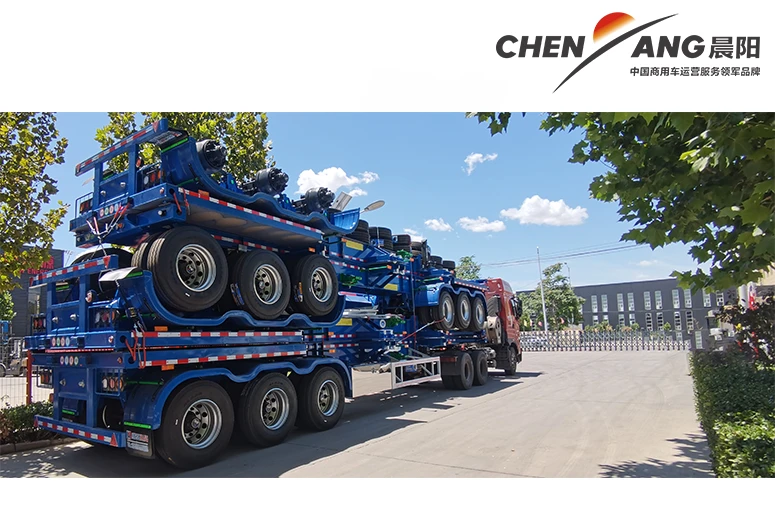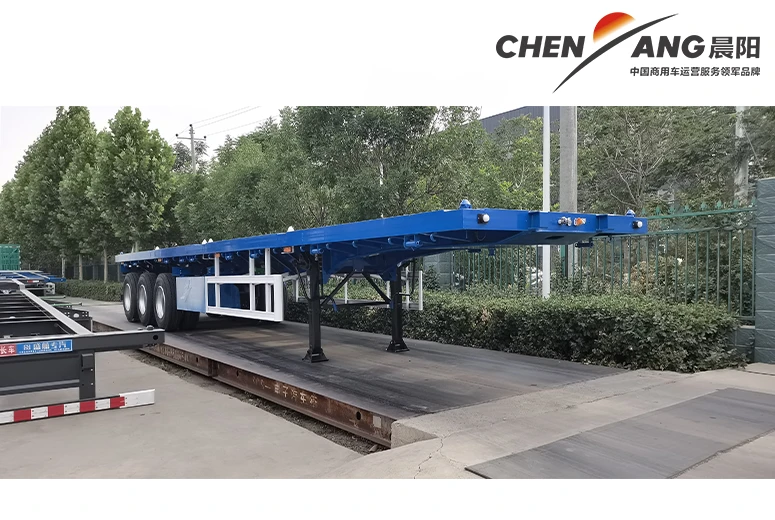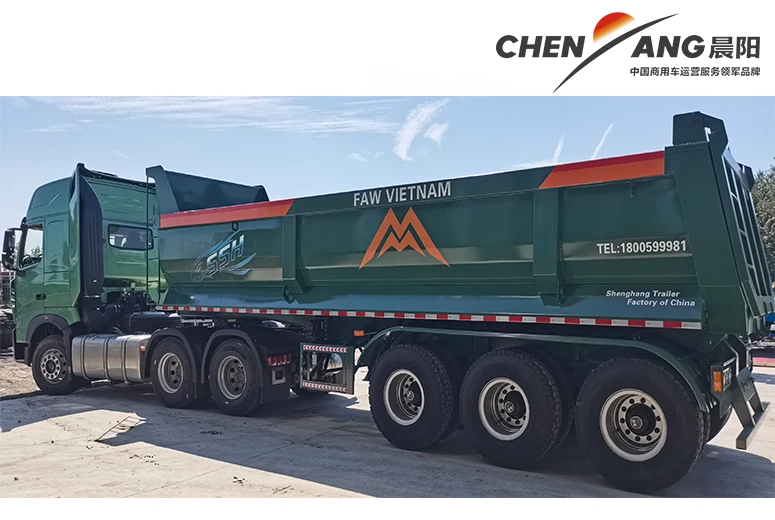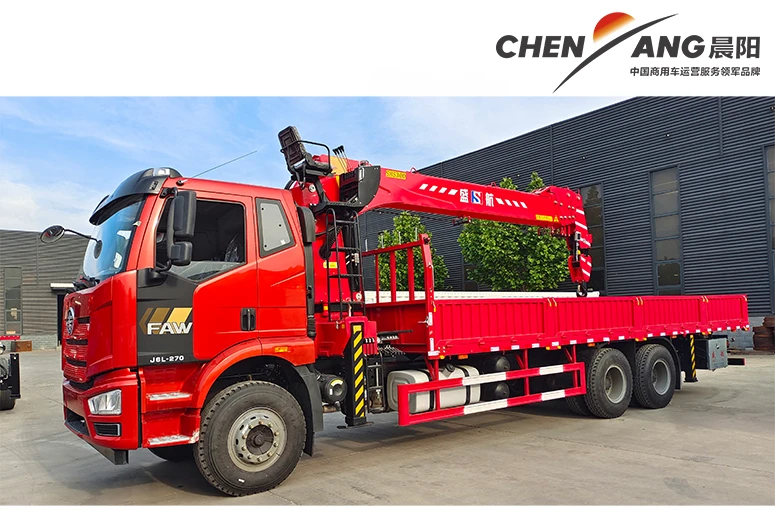Trailer/Semitrailers
Trailers and semitrailers are both types of vehicles designed for transporting goods, but they differ significantly in their construction and how they are connected to towing vehicles. A trailer is a non-motorized vehicle that is towed by a separate motor vehicle. It typically has its own axle and wheels, which allows it to support its weight independently. Trailers can come in various forms, including utility trailers, boat trailers, and enclosed trailers, and they are used for a wide range of applications, from transporting goods to recreational purposes.
On the other hand, a semitrailer is a type of trailer that is specifically designed to be attached to a truck tractor, with only a portion of its weight supported by its own wheels. The front of a semitrailer rests on a fifth wheel hitch mounted on the tractor, while the rear wheels provide additional support. This design allows for a more stable connection and greater maneuverability, particularly in heavy hauling scenarios.
Semitrailers are most commonly used in freight transport, where they can carry large loads over long distances. They are an integral part of the trucking industry and are often seen in configurations such as tractor-trailer units. In summary, the key difference lies in their design and the way they are supported, with semitrailers relying on a tractor for a significant portion of their weight.
What Are The Benefits Of Using Trailers And Semitrailers For Transportation?
Trailers and semitrailers offer numerous benefits that make them essential for various transportation needs in both commercial and personal contexts. One of the primary advantages is their capacity for transporting large and heavy loads. Trailers and semitrailers are designed to accommodate significant weight, making them ideal for freight transport, construction materials, and equipment. This capability enhances efficiency in logistics, allowing businesses to move substantial quantities of goods in a single trip, thereby reducing transportation costs and fuel consumption.
Another significant benefit is versatility. Trailers come in various configurations and designs, such as flatbeds, enclosed cargo trailers, and refrigerated units. This versatility allows users to select the type that best fits their specific needs, whether it’s transporting perishable goods, heavy machinery, or personal belongings during a move.
Additionally, trailers and semitrailers offer increased storage capacity. Businesses can load and secure goods for transportation, while also benefiting from the ability to unload and load items without needing to transfer them to a different vehicle. This feature is particularly valuable in industries like construction, where materials need to be readily accessible at job sites.
Lastly, using trailers and semitrailers can also improve safety. Many modern trailers come equipped with advanced safety features such as anti-lock braking systems, lighting, and reflective markings that enhance visibility. Overall, the use of trailers and semitrailers significantly streamlines transportation logistics while providing cost-effective solutions for a wide range of applications.
What Regulations Apply To Trailers And Semitrailers?
Trailers and semitrailers are subject to various regulations to ensure safety, environmental protection, and compliance with transportation standards. One of the primary regulatory areas is the weight limits set by federal and state authorities. In the United States, the Federal Motor Carrier Safety Administration (FMCSA) establishes maximum weight limits for combinations of vehicles, including trailers and semitrailers. These limits vary based on the number of axles and the type of vehicle, with restrictions aimed at preventing road damage and ensuring safe handling.
Additionally, trailers must adhere to specific safety standards. This includes the requirement for proper lighting, reflective materials, and braking systems. For example, trailers with a gross vehicle weight rating (GVWR) over a certain threshold must be equipped with brakes on all wheels. Moreover, trailers must be regularly inspected to ensure compliance with safety regulations and proper maintenance.
Registration and licensing are also critical components of trailer regulation. Owners must register their trailers with the appropriate government agency and obtain a license plate. This process often requires submitting proof of ownership and insurance coverage.
Lastly, environmental regulations may apply, especially for trailers and semitrailers used in industries such as agriculture or construction. These regulations may include restrictions on emissions and requirements for proper waste disposal. Overall, compliance with these regulations is essential for safe and legal operation on public roads.





















